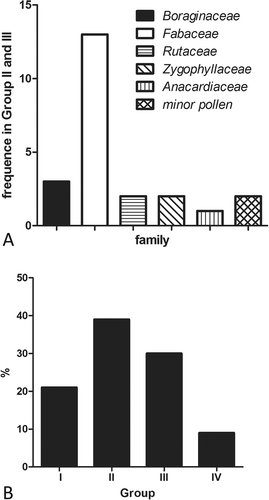Figures & data
Figure 1. Depiction of the study sites. A. Map showing location of the study area. B. A representative site of the Chaco region C. A representative site of the Yunga region.
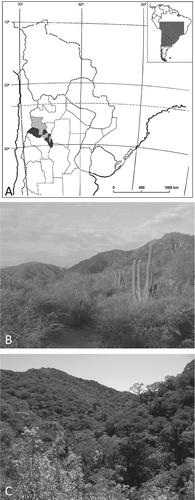
Figure 2. Level of native and exotic plants in honey samples grouped by frequency of appearance: Most (found in ten or more honey samples), Regular (between nine and four) and Least (less than four).
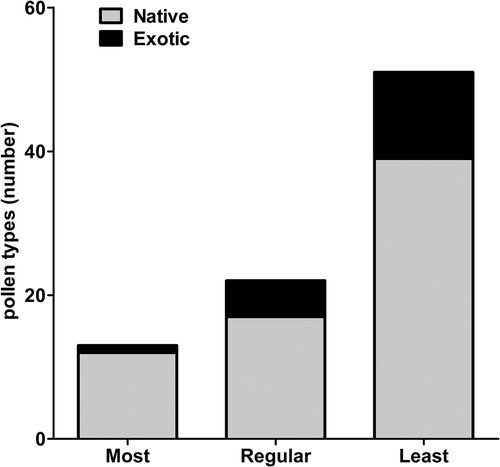
Figure 3. Predominant (D) pollen types found in honey that was classified as monofloral honeys. Horizontal bars represent the percentage of a taxon’s pollen in the monofloral honeys. The last bar represents the percentage of multifloral honeys in the samples examined.
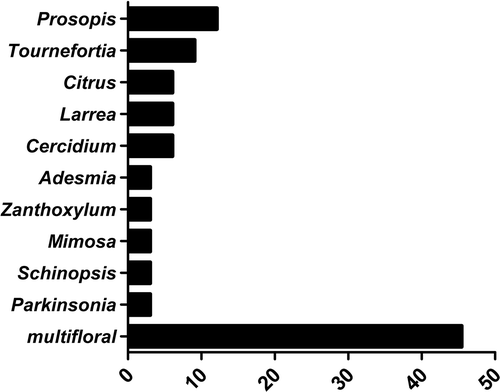
Figure 4. Pollen content of monofloral honeys of Mimosa sp. (A–C) and Prosopis sp. (D–F). Microphotgraph of honey samples (A, B, D, E) are compared against reference standards of Mimosa sp. (C) or Prosopis sp. (F). A, C, D, F are 2D projections of a Z-stack taken with a 40× objective. B, E are auto-fluorescence views from de equatorial section of A and D, respectively. Scale bars – 20 μm.
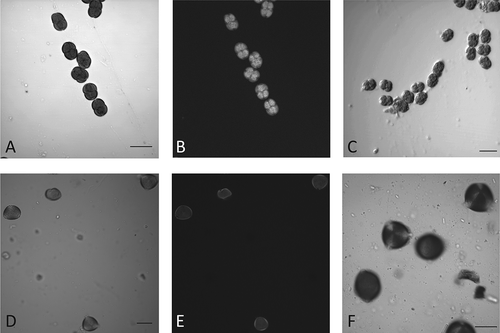
Table I. Pollen types identified in the 33 honeys analysed, their frequency classes and pollen diversity
